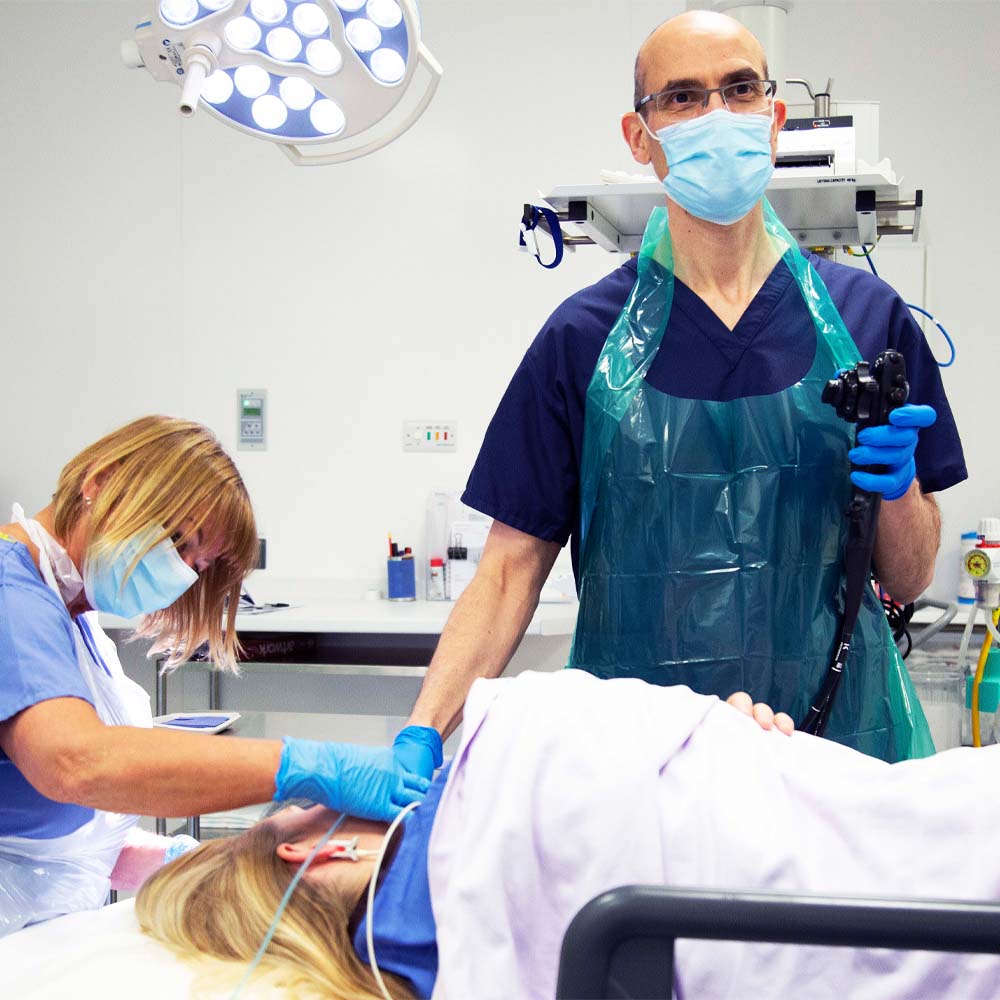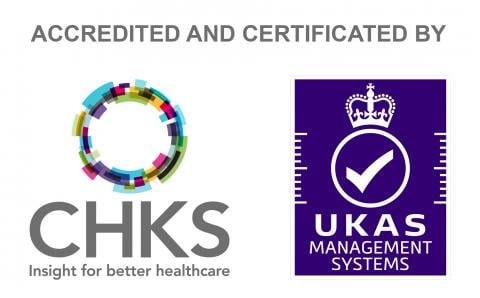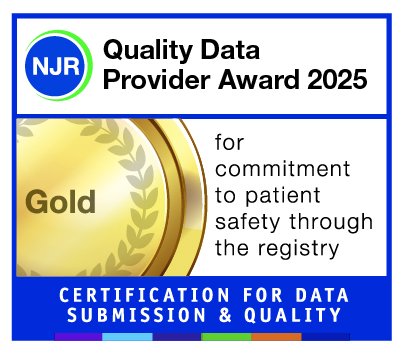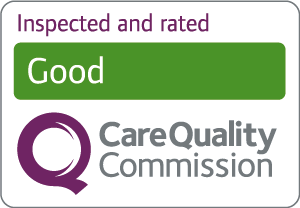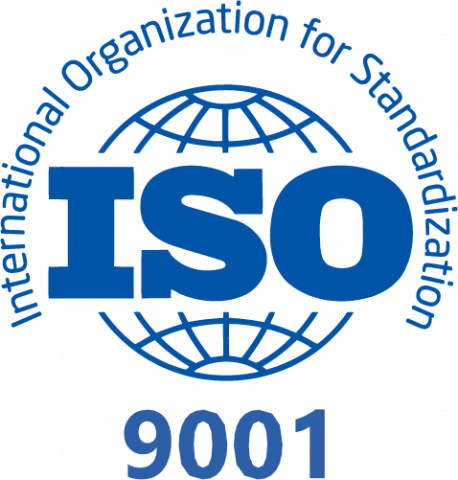The procedure
Wireless pH monitoring in a gastroscopy offers significant advantages including:
- Simple, safe and easy-to-perform
- Well-tolerated and non-invasive (compared with nasal catheter pH monitoring, which can be uncomfortable and visible)
- Better objective analysis and results regarding acid reflux and correlation with patient’s day to day activities and lifestyle factors such as meals and sleeping
- Continued monitoring for 48 hours and up to 96 hours (contrasting with 24-hour ambulatory nasal catheter pH monitoring)
- No follow up catheter removal procedure required
- In-depth analysis can help guide management, eg. If anti-reflux surgery is being considered
During the routine gastroscopy procedure, a small pH capsule is painlessly attached to the oesophageal lining in a simple process. Unlike conventional pH monitoring systems which use catheters, patients are left feeling much less aware of the procedure and as a result more likely to maintain their regular lifestyle, activities and diet. This provides the clinician with a more realistic profile of the frequency and severity of the acid reflux.
The pH value within the oesophagus is monitored continuously for 48 hours and can be used up to 4 full days (96 hours). Data is transmitted wirelessly to an external data recorder, worn by the patient in a shoulder strap or belt. The capsule will then naturally drop from the oesophageal lining and be passed out, not requiring any retrieval.

